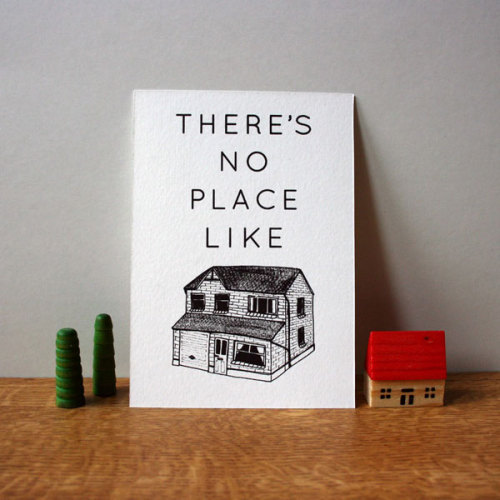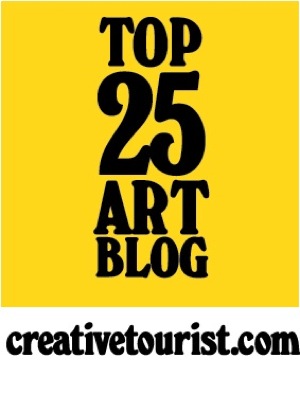
This post was originally written for Manchester Art Gallery's Angels of Anarchy microsite.
Stepping down the dark red tunnel and entering Angels of Anarchy is like emerging into a hushed treasure trove of elaborate, otherworldly curiosities. There is so much to discover here, from Méret Oppenheim’s theatrical surrealist objects to the disturbed domestic spaces of Dorothea Tanning’s eerie gothic paintings; Frida Kahlo’s exuberant still-lifes to the elaborate, unquiet fantasy landscapes of Leonora Carrington. What is more, this selection of artworks from three generations of female surrealists is accompanied by a fascinating miscellany of ephemera – from the limited edition books and little magazines so essential to the development of the avant-garde movement, to personal letters, drawings, and even a tarot pack designed by Ithell Colquhoun.
But for me, the real treasure amongst this rich and diverse assembly is the selection of portraits. Much of the work in this section is less overtly surreal: instead, Eileen Agar’s illustrative pen and ink drawing, and Leonor Fini’s line and wash work are delicately graceful and understated; whilst Lee Miller’s warm and evocative portraits of her fellow artists are elegant, though often subtly uncanny. Yet interestingly it is also Miller who offers us one of the most troubling and indeed profoundly surreal self-portraits in this exhibition – a photograph of an amputated breast laid out on a plate, complete with knife, fork and napkin, as if ready for consumption. Meanwhile, looking at Claude Cahun’s miniature self-portraits is like peeping through a series of tiny windows at the disorientated artist-subject as she performs a whole series of different identities before the viewer. It is in this section that the complexities of female subjectivity, the tension between woman as muse and woman as creator, really begin to unravel themselves in full.
Like so many of the other twentieth century avant-garde art movements, surrealism has always seemed the enclave of iconic male artists: Salvador Dalí, René Magritte, André Breton and the rest. Yet the strikingly feminist artworks that make up this exhibition are easily as original and subversive as the better-known works of their male contemporaries, mounting a powerful, but often distinctively mischievous challenge to the conventions of art, as well as to the orthodox gender politics of their contemporaries. Especially intriguing is an array of drawings from the surrealist game Exquisite Corpse, where art becomes the product of a communal creative activity, no longer the preserve of the individual (male) artistic genius, working in isolation, but something altogether more exuberant.
In the end, it was this sense of exuberance and energy that for me was most striking – and indeed, most enjoyable – about my delve into this haunting assemblage of artworks: Angels of Anarchy is above all an encounter with the dynamism and vitality of this secret history of twentieth-century avant-garde art.
[Image: On Being An Angel (1977) by Francesca Woodman, courtesy of George and Betty Woodman and Marian Goodman Gallery, New York, via Manchester Art Gallery]
 For more pictures of the lovely Luella windows, check out Wee Birdy and Wish Wish Wish.
For more pictures of the lovely Luella windows, check out Wee Birdy and Wish Wish Wish.



















